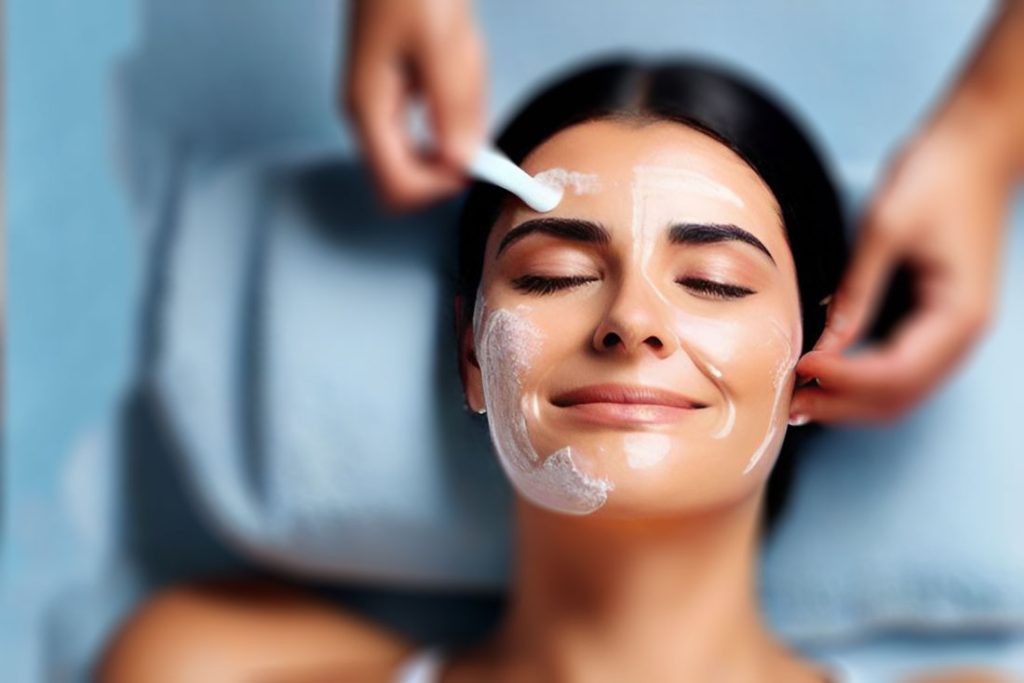The Art and Science of Muscle Massage: Safety and Effectiveness
Massage therapy is an integral part of health and wellness care, known for its myriad benefits ranging from muscle relaxation, improved circulation, stress relief, to improved posture and increased body awareness. However, like any therapeutic approach, its effectiveness and safety hinge on the practitioner’s knowledge and technique. A misstep, especially in the direction of the massage, could lead to complications such as residual pain or nerve inflammation. To ensure the clients’ safety and optimal outcomes, it’s crucial to apply massage pressure from the insertion area to the origin of the muscle.

Muscle Massage
Understanding Muscle Anatomy: Insertion and Origin
A muscle consists of three main parts: the belly, the origin, and the insertion. The belly is the middle part of the muscle, which contracts and relaxes during movement. The origin is the part of the muscle that remains stationary and is usually attached closest to the skeleton. The insertion, on the other hand, is the movable part anchored to the bone and is typically farthest from the skeleton.
During a massage, directing the pressure from the insertion to the origin helps facilitate blood flow back towards the heart, aligns the muscle fibers for optimal function, and reduces the risk of injury or inflammation.
The Importance of Proper Massaging Techniques
- Preventing Residual Pain: Inappropriate massaging techniques, such as applying too much pressure or massaging against the muscle fibers’ direction, can cause discomfort and residual pain post-massage.
- Avoiding Nerve Inflammation: Nerves run close to muscles, and improper massaging techniques may cause nerve irritation or inflammation.
- Improving Overall Client Experience: Proper massaging techniques provide a comfortable and relaxing experience for the client, which is the primary goal of massage therapy.
Best Practices in Massage Therapy
Here are some best practices to ensure a beneficial and safe massage session:
- Client Consultation: A proper client consultation is paramount before starting the massage. Understanding the client’s health history, concerns, and goals for the session will help guide the massage therapist in choosing the right techniques and pressure levels.
- Client Feedback: Encourage the client to provide feedback during the massage. Regular check-ins during the session regarding pressure and comfort can help tailor the massage to the client’s needs and enhance the overall experience.
- Thorough Knowledge of Anatomy: A deep understanding of human anatomy, especially the muscular system, is critical for massage therapists. This knowledge will guide the direction of the massage strokes, the application of pressure, and the handling of various muscle groups.
- Continuing Education: Massage techniques and best practices evolve over time. Regular participation in professional development and continuing education opportunities is key to staying updated on the latest research and trends in massage therapy.
The art of massaging muscles effectively requires a comprehensive understanding of muscle anatomy, the application of proper techniques, and a commitment to client comfort and safety. Remembering to direct massage pressure from the insertion to the origin of the muscle is not only a guideline but a golden rule in massage therapy. With the right techniques and knowledge, massage therapists can ensure that their clients reap the maximum benefits of massage therapy while avoiding any negative effects.






